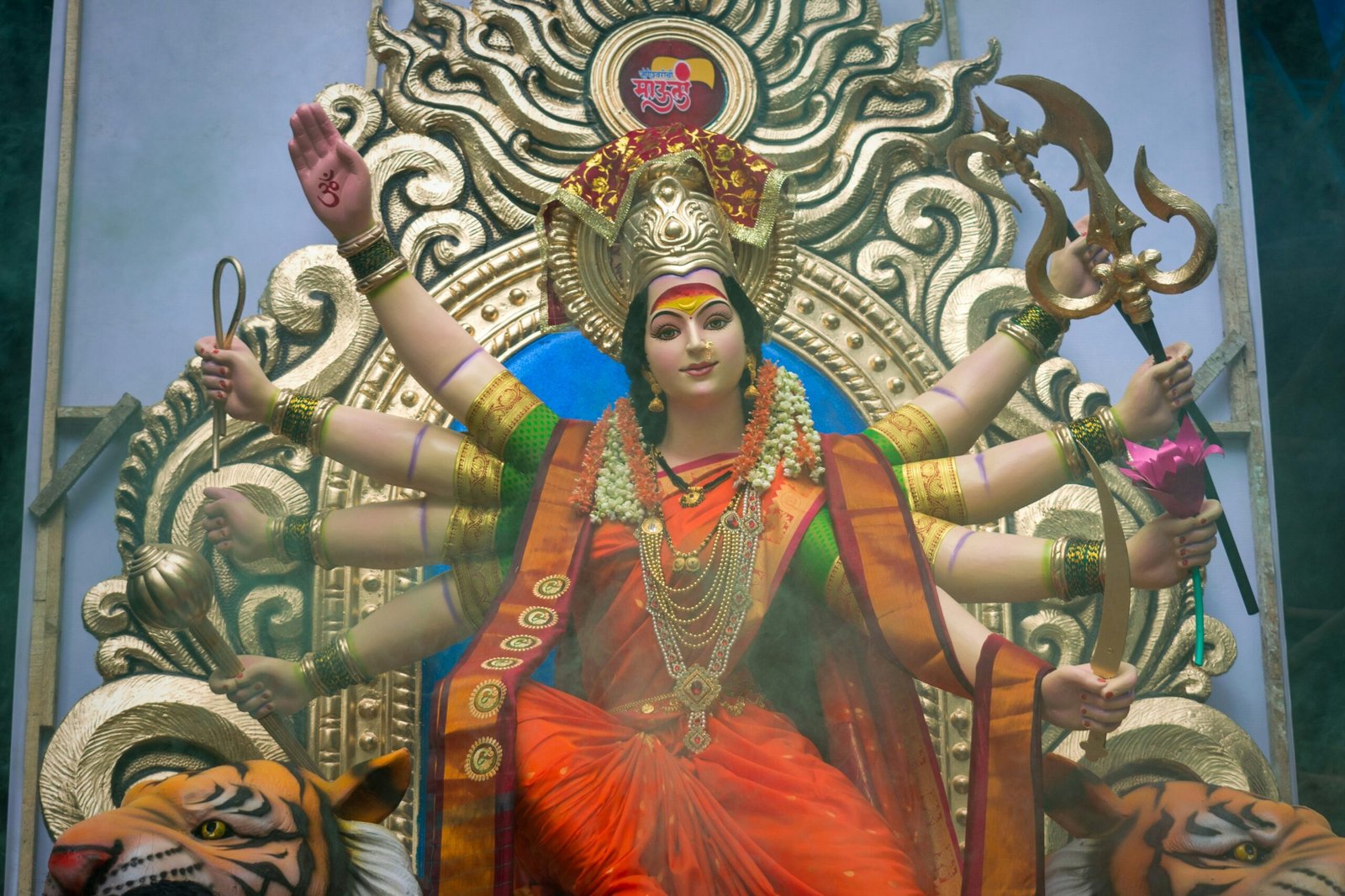The Worship of Fertility Goddesses in Ancient Mesopotamia
Ancient Mesopotamia, often referred to as the cradle of civilization, was home to a rich and diverse culture that spanned thousands of years. Within this culture, the worship of fertility goddesses played a significant role in shaping the sexual attitudes and practices of the people.
The Goddess Inanna
One of the most prominent fertility goddesses in ancient Mesopotamia was Inanna, also known as Ishtar. She was revered as the goddess of love, beauty, and fertility. Inanna was believed to have power over both human and agricultural fertility, making her a central figure in the lives of the Mesopotamian people.
The worship of Inanna involved elaborate rituals and ceremonies, often accompanied by music, dance, and sexual acts. These practices were seen as a way to honor and invoke the goddess’s power, ensuring the fertility of the land and the prosperity of the people.
Sexual Attitudes and Practices
The ancient Mesopotamians had a relatively open and accepting attitude towards sexuality. Sex was seen as a natural and essential part of life, and it was not limited to procreation. Pleasure and enjoyment were considered important aspects of sexual relationships.
Marriage and Procreation
Marriage was highly valued in ancient Mesopotamia, and it was primarily seen as a means of procreation and ensuring the continuation of the family line. However, sexual pleasure within marriage was also acknowledged and encouraged.
Sexual Freedom and Gender Equality
A notable aspect of ancient Mesopotamian society was the relatively high degree of sexual freedom and gender equality. Women had more rights and autonomy compared to many other ancient civilizations. They were allowed to own property, engage in trade, and even initiate divorce.
Sexual relationships outside of marriage were not uncommon, and there was a certain level of acceptance towards extramarital affairs. However, adultery was still considered a breach of trust and could lead to severe consequences.
Temple Prostitution
One of the most intriguing aspects of ancient Mesopotamian sexual practices was the institution of temple prostitution. In the temples dedicated to fertility goddesses like Inanna and Ishtar, there were priestesses who engaged in sexual acts as part of their religious duties.
These priestesses, known as sacred prostitutes or hierodules, were seen as intermediaries between the mortal realm and the divine. It was believed that by engaging in sexual acts with these women, worshippers could connect with the goddess and receive her blessings of fertility and abundance.
Conclusion
The worship of fertility goddesses like Inanna and Ishtar played a significant role in shaping the sexual attitudes and practices of ancient Mesopotamian civilizations. These cultures had a relatively open and accepting attitude towards sexuality, valuing pleasure and enjoyment as important aspects of sexual relationships.
While marriage and procreation were highly valued, there was also a certain degree of sexual freedom and gender equality. The institution of temple prostitution further exemplified the importance of sexuality in the religious and social fabric of ancient Mesopotamia.
Understanding the sexual practices of ancient civilizations provides us with valuable insights into the complexities of human sexuality throughout history and helps us appreciate the diversity of human experiences.

